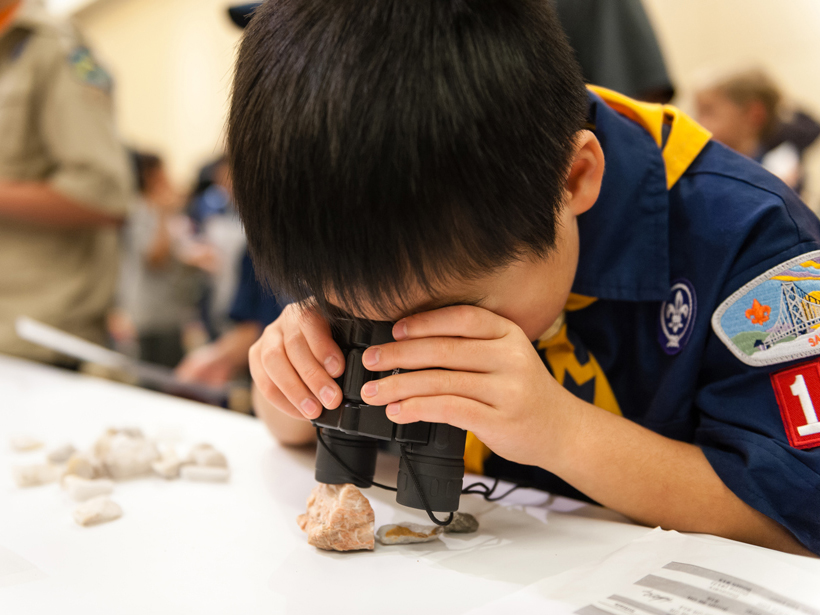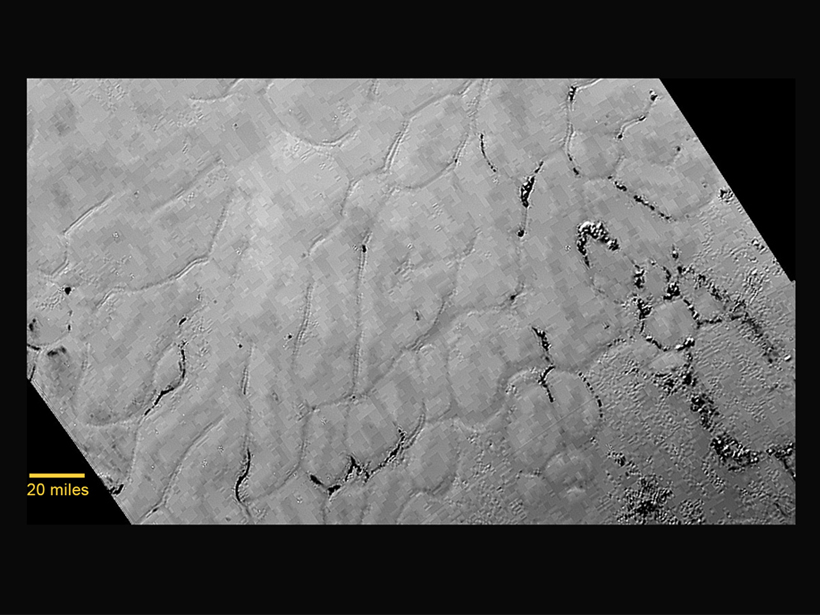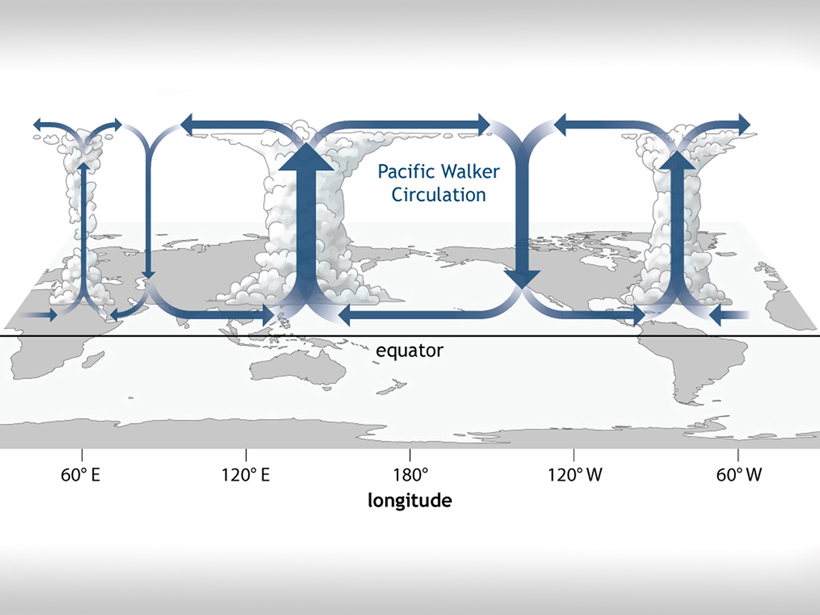Sediment cores show how phosphorus pollution in the 1950s led to current, inherited hypoxia in lakes in the Alps.
Authors who want CC-BY-NC 2015
Scientists Find "Close Cousin" of Earth
The Kepler space telescope spots a planet in a solar system 1400 light years away that closely resembles Earth in its size, distance from its star, and the type of star it orbits.
2015 AGU Union Medal, Award, and Prize Recipients Announced
The world's largest organization of Earth and space scientists honors 25 exceptional scientists and journalists.
Craters Could Make Great Impacts on Mars Exploration
Future robotic missions to Mars hoping to peer beneath its surface in search of signs of life should target recent impact craters, where falling meteorites have done the drilling for them.
Share Your Science with Today's Teachers, Tomorrow's Scientists
The American Geophysical Union invites members to participate in Exploration Station and the Geophysical Information for Teachers (GIFT) Workshop.
Pluto's Moons Nix and Hydra Show Their Faces
When the New Horizons spacecraft photographed Pluto last week, it snapped the most revealing images yet of two little-known moons of the dwarf planet.
Puzzles Invite You to Explore Earth with Interactive Imagery
The EarthQuiz challenge can take you to virtual field locations with just the click of a button. Where in the world is this, and can you guess the significance of the geological features shown?
Underwater Robot Tracked Ocean Sediment During Hurricane Sandy
Hurricane Sandy moved a lot of debris, but where did it all end up?
New Pluto Image Reveals Young Icy Plain
The mottled plain offers additional evidence that Pluto's surface is geologically young—and possibly still active.
Rethinking How Tropical Convection Works
Researchers look at previous Walker circulation models and ask, Does damping truly matter?










